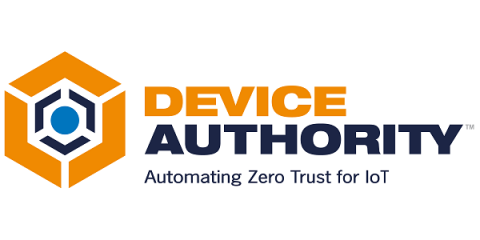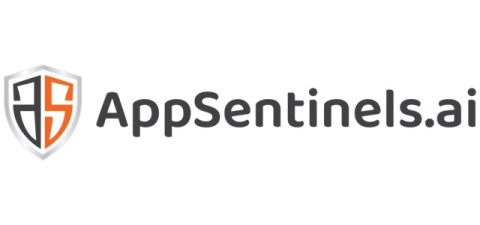The Quantum Horizon: Shaping the Future of IoT/OT Cybersecurity
The rapid evolution of the Internet of Things (IoT) and Operational Technology (OT) is transforming industries, especially in critical sectors like healthcare. While these innovations promise enhanced efficiency and connectivity, they also expose organisations to a broader and more complex cybersecurity threat landscape. With quantum computing on the horizon, the stakes have never been higher.











